Mining
The raw materials supply issue appeared in the initial approaches of the installation of an ammunition factory in Trubia. Casado de Torres, in his report drawn up in 1792, mentions the Castañedo del Monte mines for the first time.
The first mining developments took place between 1796 and 1808, when the blast furnaces of Trubia began to operate. The works were barely remarkable because of the very low production and the low-quality mineral. The remains of a house from this period, which might have belonged to the miners, still survive. The production in Trubia was suspended due to the war against France. It was not until Elorza took over the management of the weapons factory that the activity of these mines was restarted.
In 1844, the Trubia Weapons Factory took over the mining development of the Castañedo del Monte mines and became their owner. After several analyses, its ores began to be extracted, always with low production rates. The abandonment of the iron and steel industry in Trubia in 1866 led to the end of the mining development of these mines, which were seized by the Royal Treasury in 1881. There was one last attempt of mining development in 1900 when the Compañía Minera de Castañedo del Monte was set up thanks to Asturian capital. Despite its intentions, it would never be active, and its concessions expired in 1935, leaving the mines abandoned until their recovery as a cultural and tourist resource by the Town Council of Santo Adriano in 2015.
The area around La Parva preserves different workings from the mid-19th century. It has three overlapping levels made up of three mine openings and two large open-pit mines, as well as a large mine stripping area with more than twenty small galleries that show us the holes and pillars technique. It consists of leaving solid areas (pillars) between the galleries to hold the mine without trench shoring, as required in the galleries. Along the road leading to the mines, which was created during the mining development period, several retaining walls have been preserved. Even the stream itself, with its reddish bottom, indicates the existence of iron in this region.
Manuel Antonio Huerta Nuño

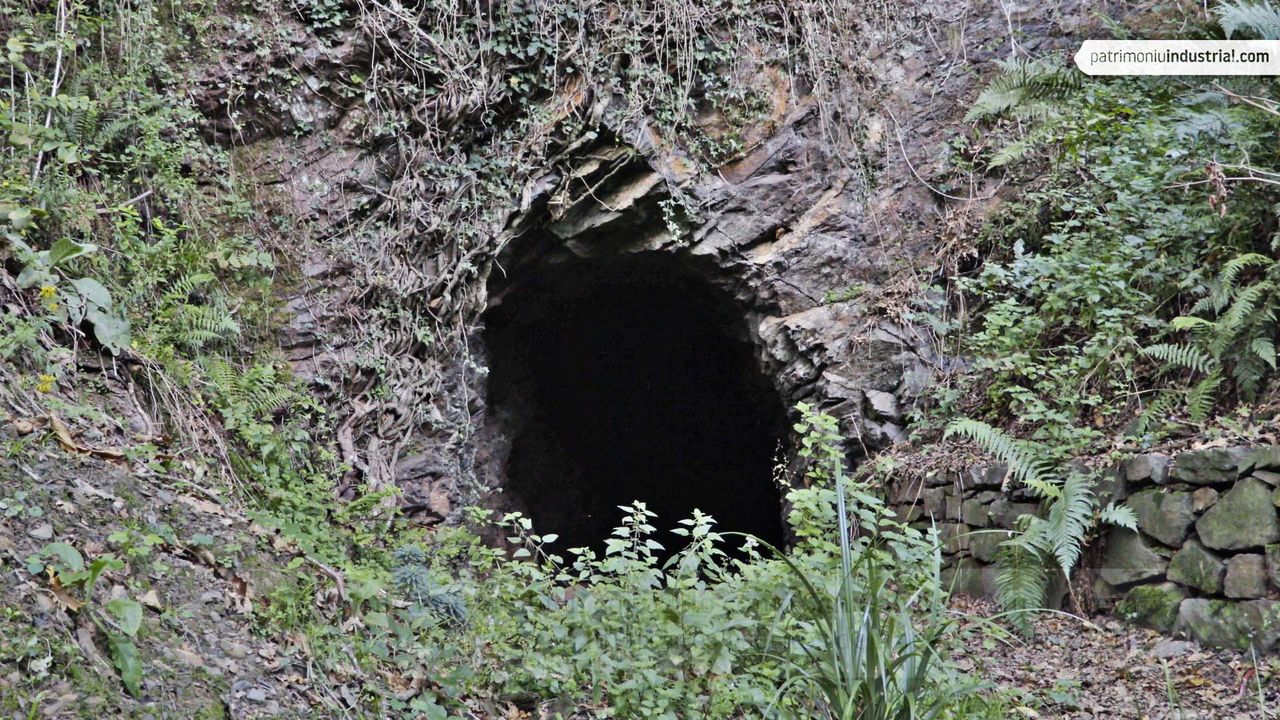
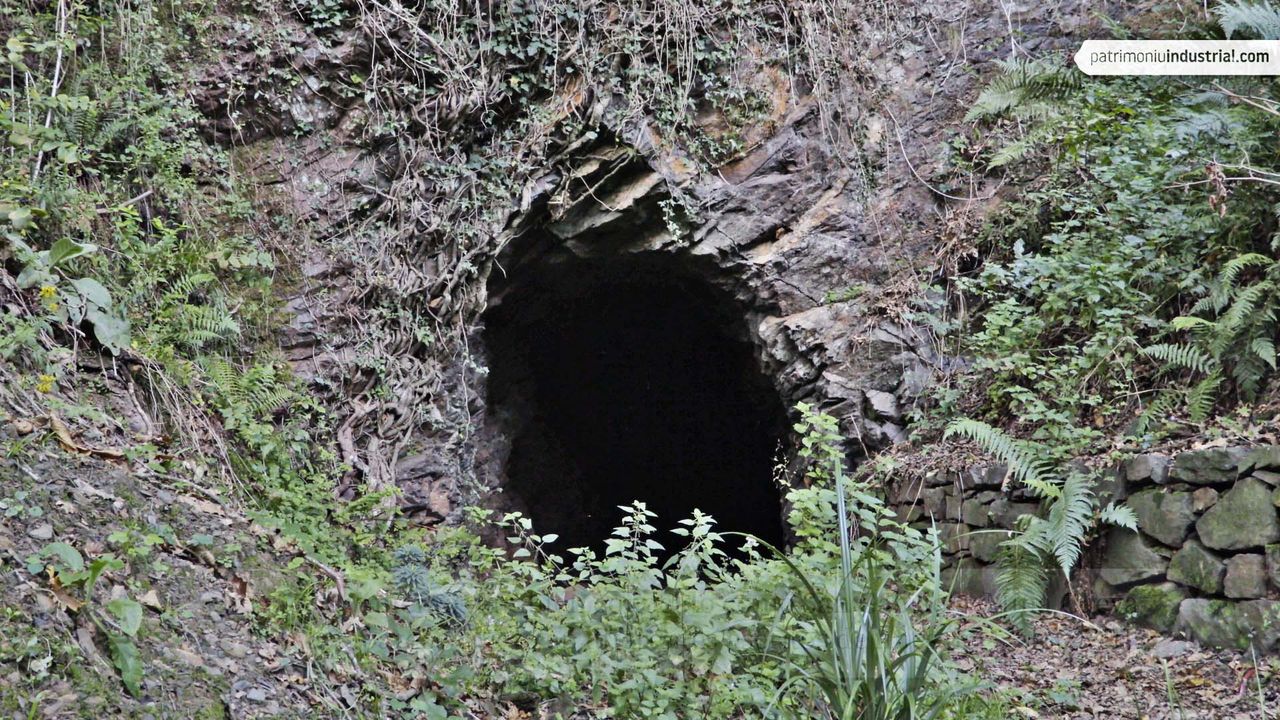
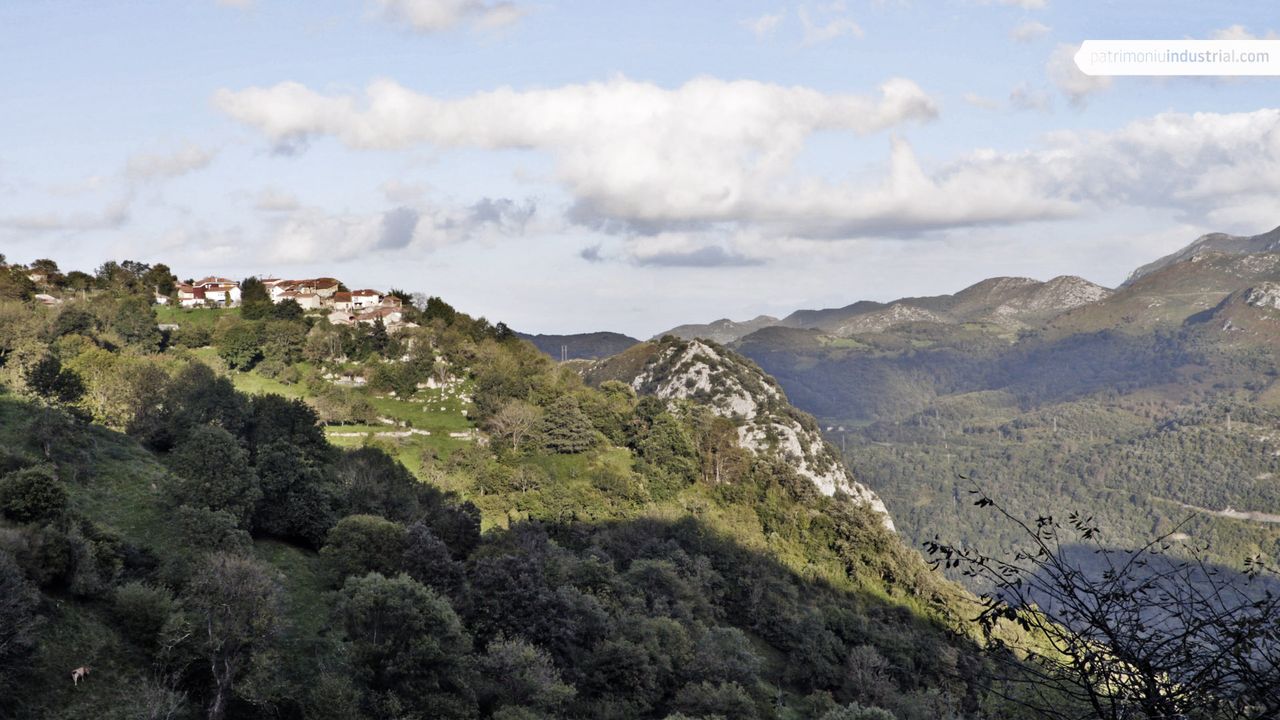
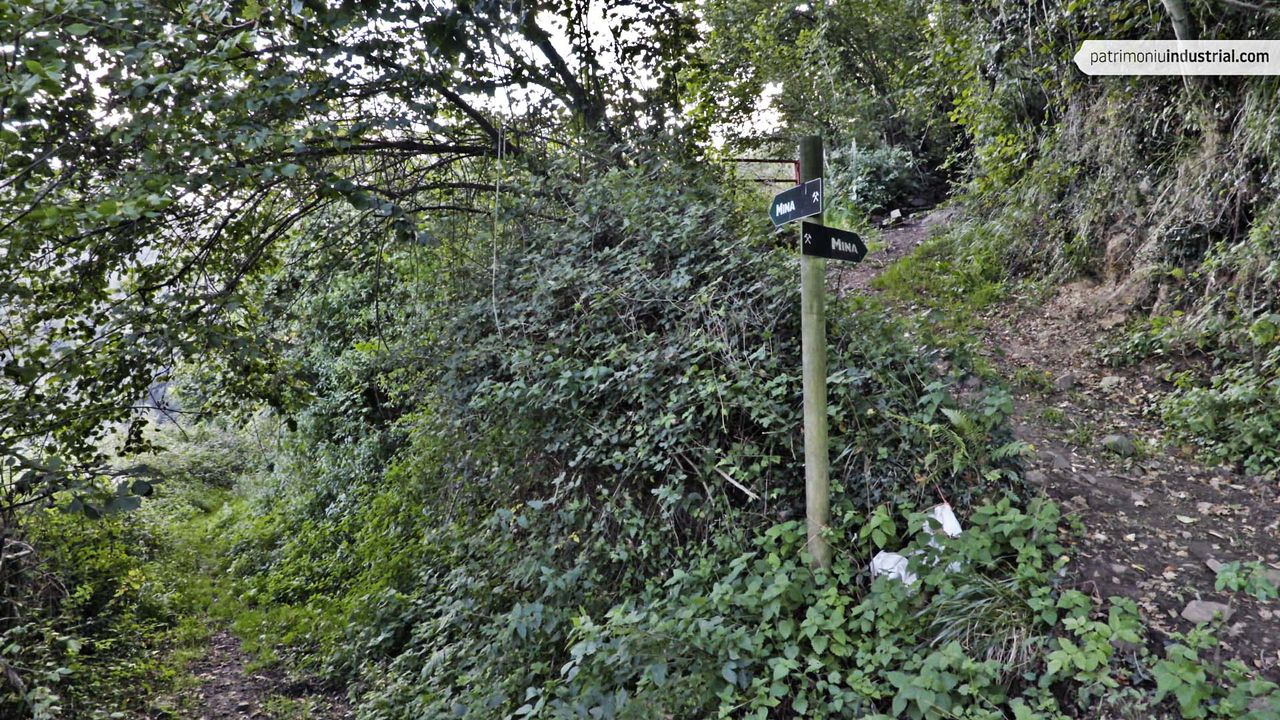
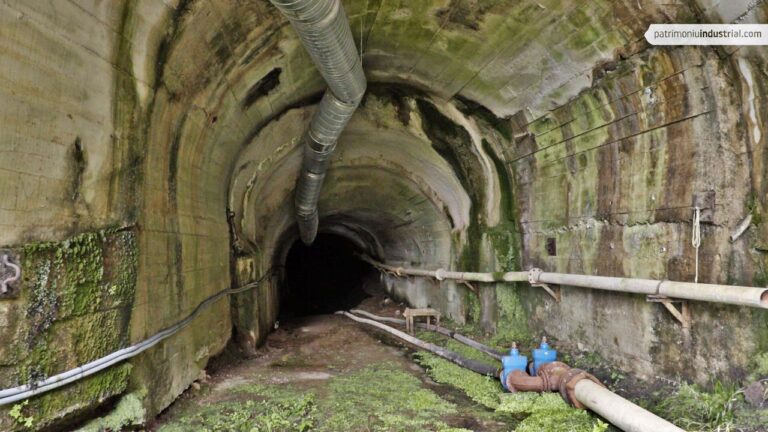
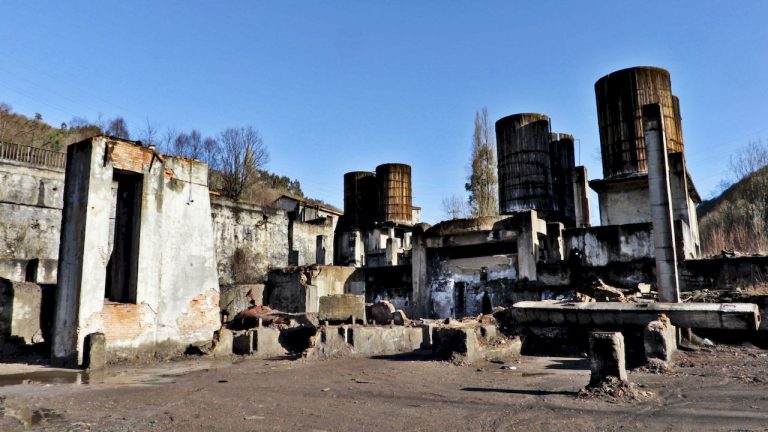
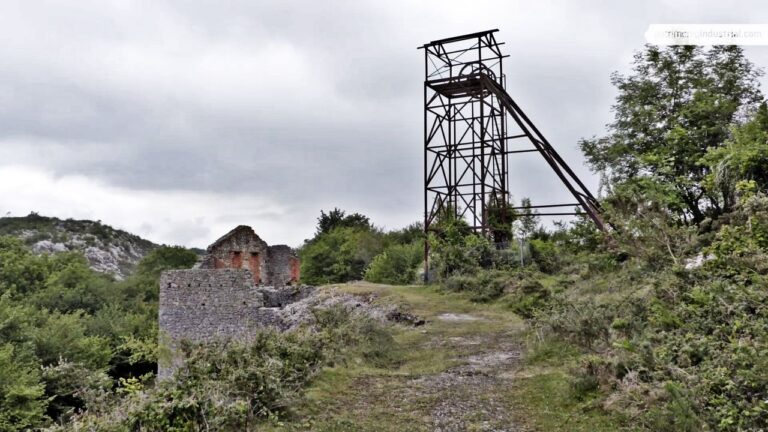

Recent Comments